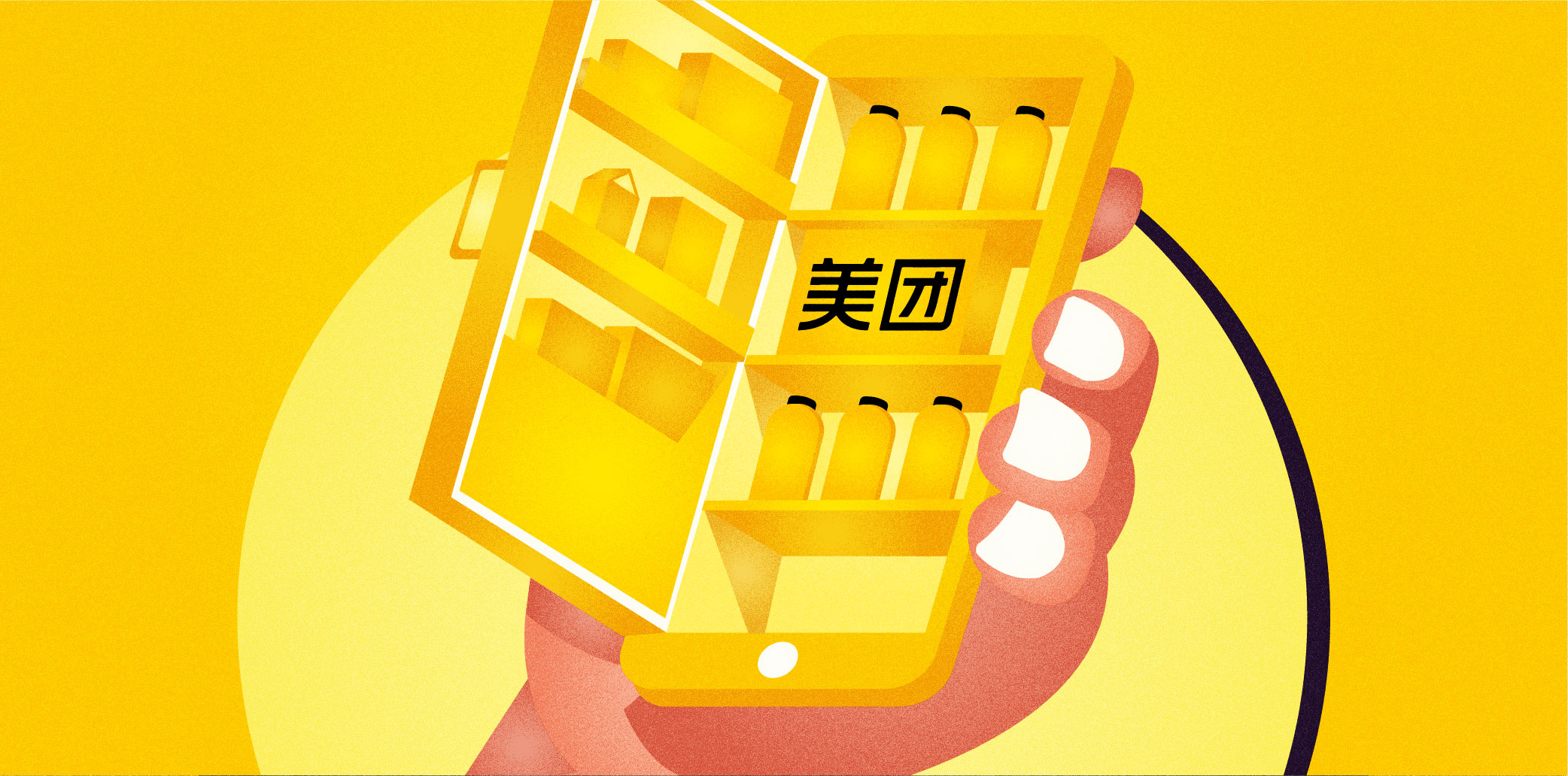Meituan reported record high quarterly losses after being hit with a USD 533 million fine for antitrust business practices, the company’s latest earnings release shows. The food delivery giant also cut back its earnings expectation and expects softer revenue growth for the next year.
The company reported an RMB 10.1 billion (USD 1.58 billion) net loss in the third quarter, the worst performance since its IPO in 2018. Tencent-backed Meituan was one the major targets in a move by China’s market regulator to tighten rules for operators in the tech sector. In October, it was fined RMB 3.4 billion (USD 533 million), roughly 3% of Meituan’s annual sales in 2020, for abusing its dominant market position.
Meituan had over 70% market share of the food delivery industry last year, the regulator’s investigation showed. It provides on-demand services, including food delivery, restaurant reviews, and bike-sharing.
Meituan’s revenue jumped 37.9% year-over-year to 48.8 billion yuan in Q3. Its core business, food delivery, grew 28% YoY and generated RMB 26.5 billion (USD 4.15 billion) in revenue, growing slower than Q2.
The weak performance was due to the cooling domestic consumption, extreme weather, and pandemic-related restrictions, CEO Wang Xing said during the earnings call.
The company expects the food delivery sector’s growth to continue slumping in the next few quarters, and sees “meaningful negative impact” on order volumes in Q4, Wang added. E-commerce conglomerate Alibaba also cut its annual growth targets because of soft consumption.
Meituan’s loss was mainly caused by hefty operational expenses for its community group-buying service and bike-sharing. The sector recorded a net loss of RMB 10.9 billion (USD 1.7 billion) in Q3 as the company invested heavily in its supply chain and operations, the report said.
Meituan plans to pivot to retail by ramping up development for consumption services. The company’s R&D expenses increased by 58.8% year-on-year to RMB 4.7 billion (USD 740 million) in Q3, a relatively steep increase compared to the trajectory of the past two years.
